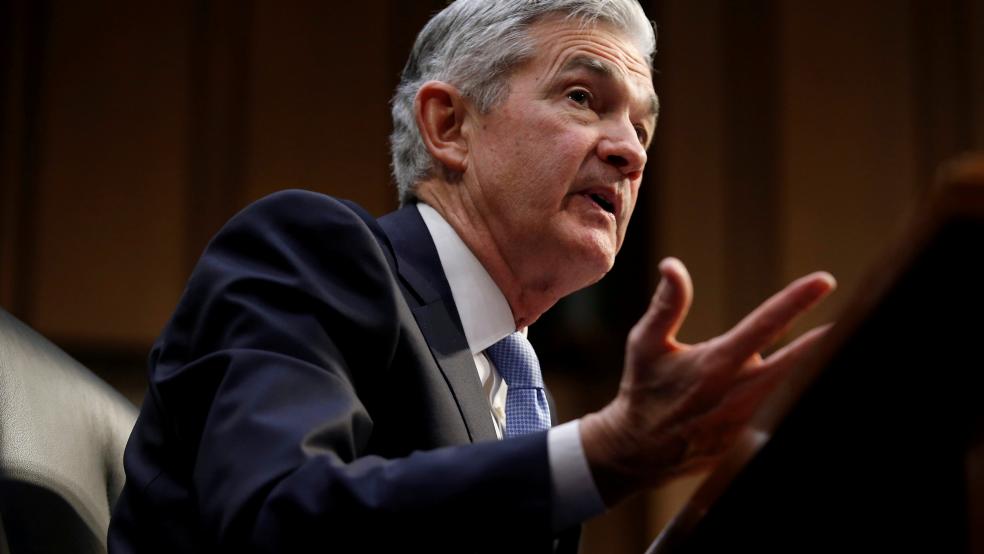Reiterating his view that inflation remains unacceptably high, Federal Reserve Chair Jay Powell on Monday signaled that the central bank is ready to move more aggressively to restore price stability.
Just days after announcing a quarter-point increase in the Fed’s benchmark lending rate, the first since 2018, Powell said the central bank would consider larger, half-point increases in the future if conditions warrant it.
“If we conclude that it is appropriate to move more aggressively by raising the federal funds rate by more than 25 basis points at a meeting or meetings, we will do so,” Powell told a meeting of the National Association for Business Economics. “And if we determine that we need to tighten beyond common measures of neutral and into a more restrictive stance, we will do that as well.”
Inflation outlook has deteriorated: Powell said that the Russian invasion of Ukraine has worsened the inflation outlook, but conditions were deteriorating even before then. Inflationary pressure increased “sharply” during the fall, Powell said, contrary to expectations that price increases would moderate.
Asking why the Fed’s projections of easing inflation had been so far off, Powell said it had a lot to do with the unexpected severity of problems in the supply chain. “In my view, an important part of the explanation is that forecasters widely underestimated the severity and persistence of supply-side frictions, which, when combined with strong demand, especially for durable goods, produced surprisingly high inflation,” he said.
Labor market out of whack: Powell reiterated his view that the job market is currently defined by unusually – and problematically – strong demand for workers. “Overall, the labor market is strong but showing a clear imbalance of supply and demand,” he said. “Our monetary policy tools cannot help with labor supply in the near term, but in a long expansion, the factors holding back supply will likely ease. In the meantime, we aim to use our tools to moderate demand growth, thereby facilitating continued, sustainable increases in employment and wages.”
In other words, Powell hopes to reduce demand for labor by easing back the throttle in the economy with higher interest rates, while maintaining much of the momentum that has favored workers. “There's good reason to think that this labor market would be at a more sustainable level if it were – if some of those indicators – if demand could be brought back in line with supply,” he said.



